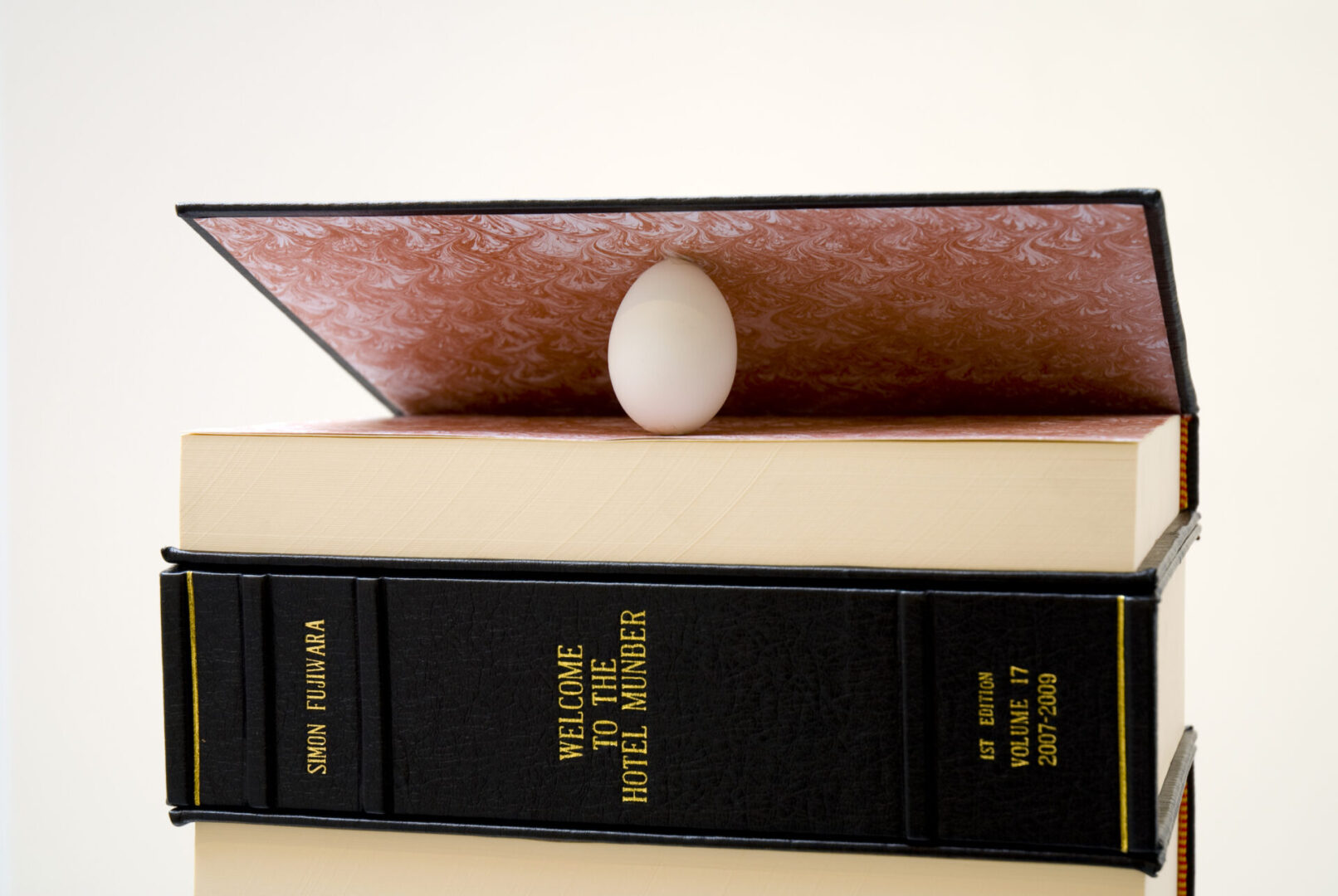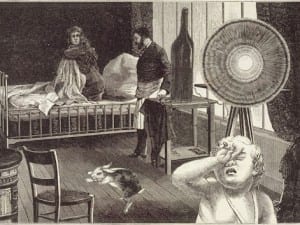In a world increasingly shaped by cultural complexities, contested histories, and fragmented narratives, the act of translation emerges as a vital, dynamic process. It is not simply a matter of converting language from one form to another but an ongoing negotiation between meanings, perspectives, and experiences across time and space. In Other Worlds: Acts of Translation, an exhibition developed in collaboration with the Roberts Institute of Art, dives deeply into this concept, exploring how it functions as both a creative and interpretive act – one that carries stories, memories and traditions across difference while inviting reinvention rather than closure.
The exhibition gathers over 20 works from the David and Indrė Roberts Collection, alongside new commissions, to address translation as a means of crossing boundaries. At its core, the show asks: how can we convey meaning without erasing difference? How do narratives shift and mutate through retelling, and what spaces open up in the gaps where words or images falter? These questions resonate urgently today, in an age marked by misinformation, cultural clashes and a pressing need for empathy. Through an array of media – painting, sculpture, installation, performance and sound – the artists on view explore translation as a generative and often unstable process that allows us to engage with history, memory and language.
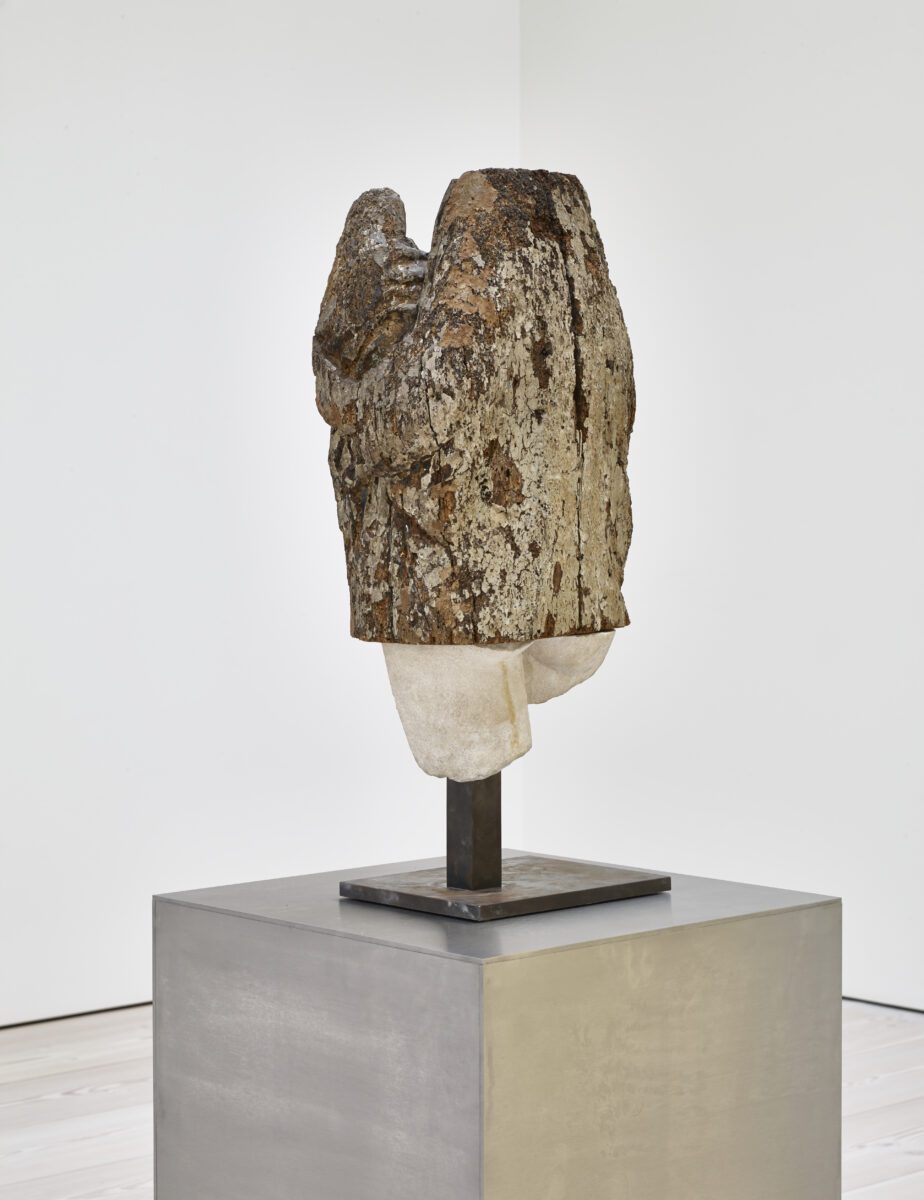
The works of Horst Ademeit and Michael Armitage confront myth and storytelling with a fresh and critical lens. Ademeit’s atmospheric paintings blend figuration and abstraction to evoke dreamlike states where memory and fantasy collide, suggesting that stories are never fixed but are shaped by perception and context. Similarly, Armitage’s vibrant canvases often depict scenes rooted in his Kenyan heritage, merging personal and political narratives that challenge Western art traditions. Frank Auerbach, known for his intensely tactile portraits and cityscapes, channels the shifting nature of memory through thick impasto and restless brushwork, embodying how translation also involves emotional and sensory transformation – how the act of rendering a subject is also an act of reinterpretation.
Other artists in the exhibition explore translation as a means of grappling with history and loss. Louise Bourgeois’ sculptural works delve into trauma and memory, weaving personal experiences into forms that are both intimate and universal. Mark Bradford’s layered, large-scale collages physically manifest histories of displacement and erasure, where fragments of urban detritus become a metaphor for collective memory and the stories marginalised by dominant narratives. Miriam Cahn’s raw, expressive paintings confront violence and vulnerability, converting social realities into powerful visual languages that resist neat categorisation. George Condo’s surreal portraits, meanwhile, fracture identity through distortion and exaggeration, offering a critical reflection on how psychological and cultural translations shape the self.
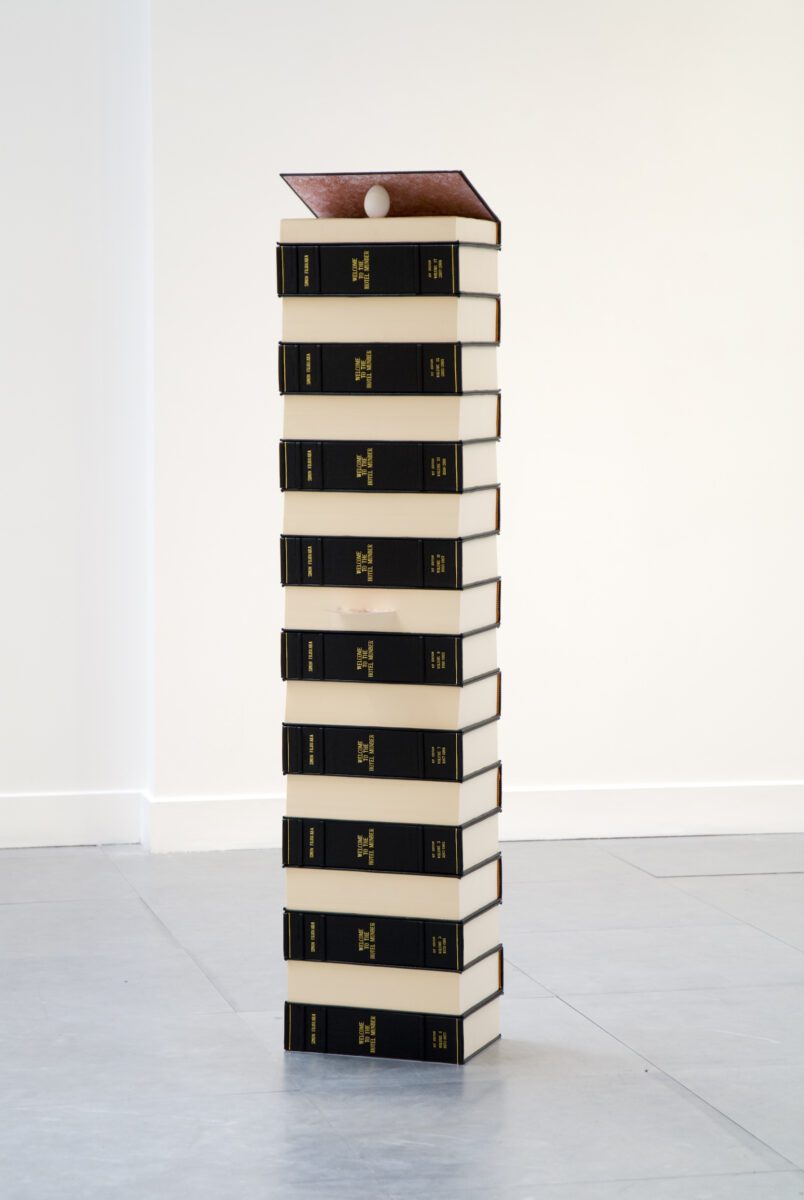
The exhibition also foregrounds creatives who push beyond verbal language to examine translation through gesture, sound and abstraction. Romany Eveleigh’s installations evoke physical sensation and memory by using materials that carry tactile histories, while Simon Fujiwara’s work blends performance, architecture, and text to unravel the complexities of identity and cultural hybridity. Ellen Gallagher’s multimedia pieces explore the African diaspora, interrogating history through layered imagery and text that expose the fraught legacies of race and representation. Jim Goldberg’s photographic narratives document personal histories and social realities, emphasising how stories translate across communities and time. Pierre Huyghe’s conceptual installations often inhabit the space between nature, technology, and myth, questioning how meaning emerges in gaps between the visible and invisible.
Anselm Kiefer’s monumental paintings and sculptures confront the weight of history, particularly Germany’s troubled past, using materials laden with symbolic resonance like lead, ash, and straw. His works insist on the responsibility inherent in translation – that interpreting the past is an ethical act involving memory, loss, and reckoning. Similarly, Antoni Tàpies’ textured abstract pieces embody spiritual and material translation, merging language and form to invoke the ineffable. Artists like Francesca Mollett, Nika Neelova, Danh Vo, and Ai Weiwei each engage with themes of migration, displacement, and political resistance, using diverse media to explore how cultural and political translations inform identity and agency. Collectively, these artists illuminate the multiplicity inherent in translation – not as erasure but as a space of negotiation and transformation.
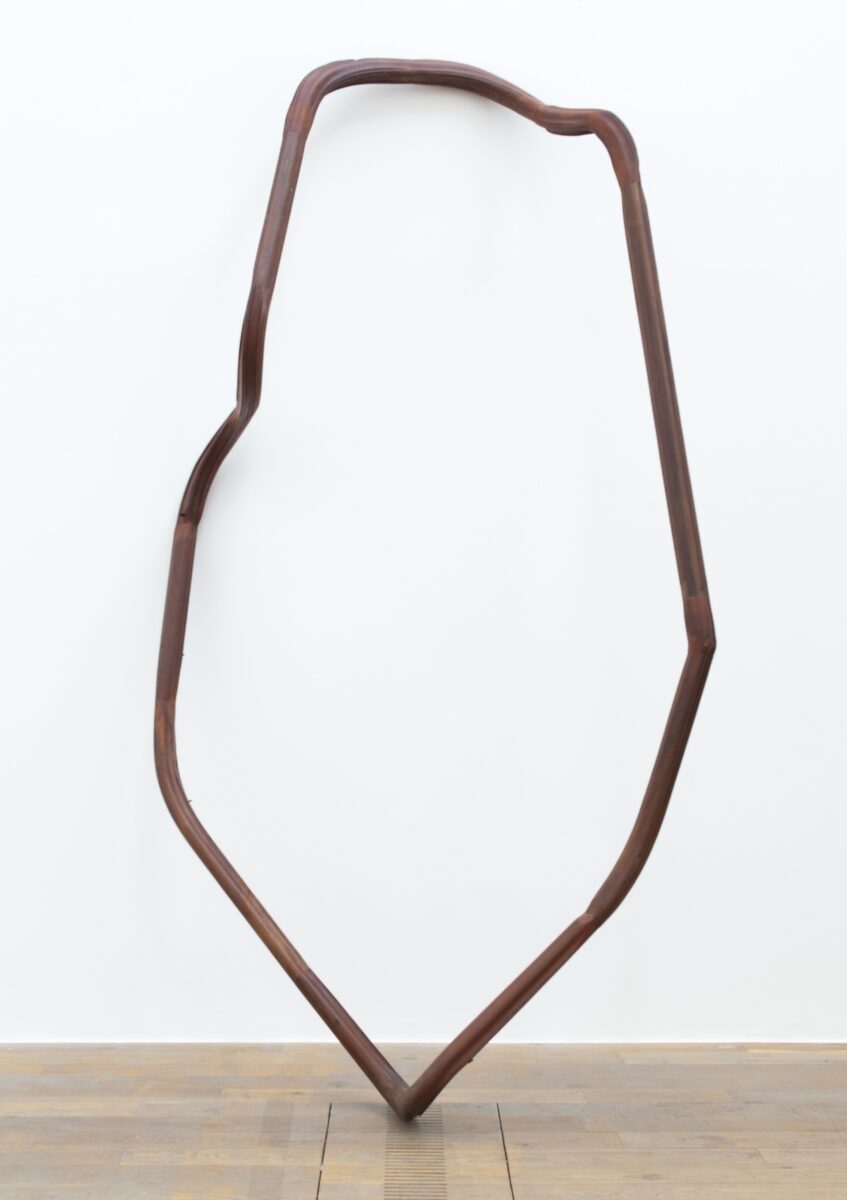
At the heart of the exhibition is Haroon Mirza, whose practice exemplifies translation as an active, performative process that bridges the technological and the human. Known for his experimental installations that generate sound and light from electrical signals, Mirza brings a new audio commission and live performance to In Other Worlds: Acts of Translation. His piece Adam, Eve, Others and a UFO for Choral Octet (2025) transforms unseen data into choral music, performed by actors and singers from East 15 Drama School. Here, translation becomes not just a metaphor but a tangible, communal experience – a ritual that turns electrical signals into voiced notes, making the invisible audible and the abstract intimate.
Mirza’s work is a continuation of his long-standing interest in how disparate elements – technology, human presence, historical references – can be woven together to form new meanings. The installation draws on a previous work from 2013, reimagined to highlight the poetic potential of translation as a process of transformation. The titular “UFO” is not a flying saucer but a small LED circuit that emits signals at frequencies associated with divine resonance, which the choir then translates into sound. This act foregrounds the mysterious and mystical qualities of translation, suggesting that crossing between worlds – whether technological, cultural, or spiritual – is always imbued with wonder and complexity.
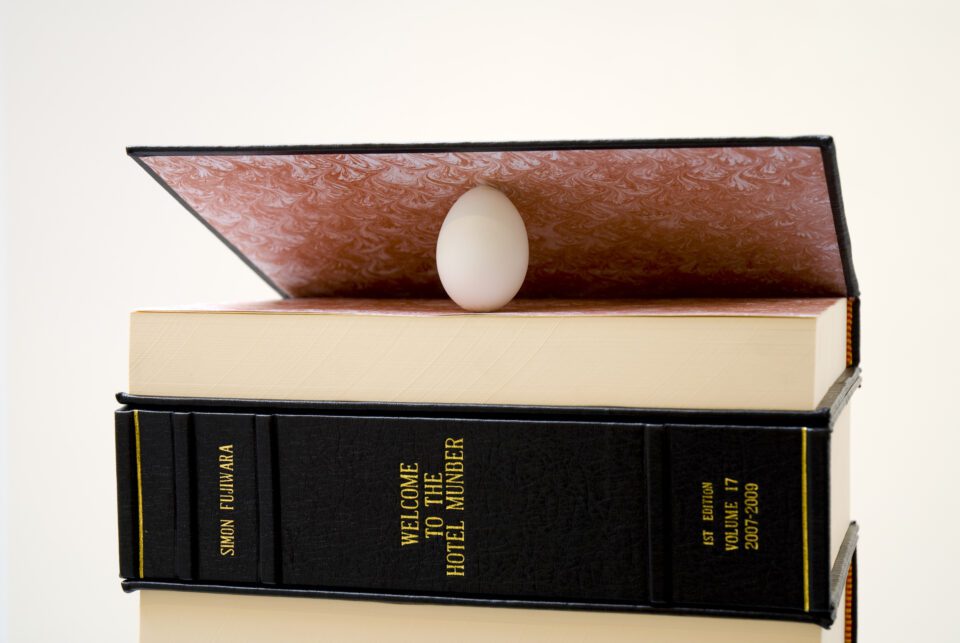
The thematic fabric of In Other Worlds weaves together these diverse artistic voices to pose crucial questions about how we carry across meaning in a fractured world. By examining translation as both a necessity and a challenge, the exhibition opens a space for reconsidering how we engage with the past and each other. It resists the idea that meaning can be perfectly preserved or universally shared, instead emphasising the ethical imperative to honour difference while fostering connection.
In an era where histories are contested, identities are multifaceted, and communication often breaks down, this exhibition reminds us that translation is a continuous act of making and unmaking. It is about recognising that stories and experiences must be reinterpreted to remain alive. Ultimately, In Other Worlds: Acts of Translation offers a meditation on how art can embody the fluidity of meaning, celebrating the possibilities that emerge when worlds meet and translate into one another.
In Other Worlds: Acts of Translation is at Focal Point Gallery, Southend-on-Sea from 25 June – 13 September: fpg.org.uk
Words: Anna Müller
Image Credits:
1&5. Simon Fujiwara, The Unwritten Erotic Saga of the Fujiwara Family (1st Edition)(detail).
2. Danh Vo, Shove it up your ass, you faggot.
3. Simon Fujiwara, The Unwritten Erotic Saga of the Fujiwara Family (1st Edition)
4. Nika neelova, Principles of Infinity.


